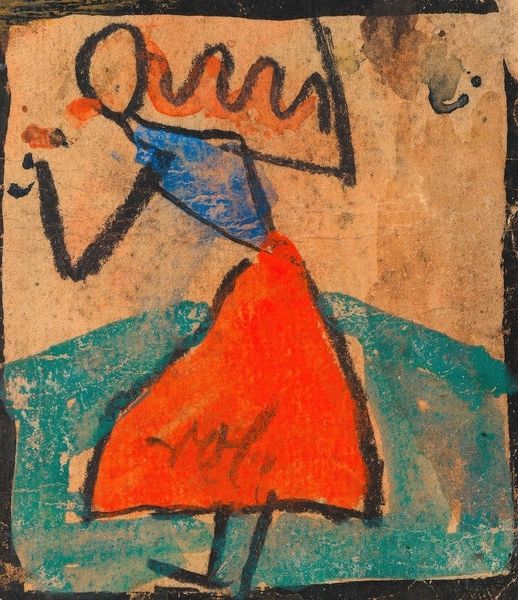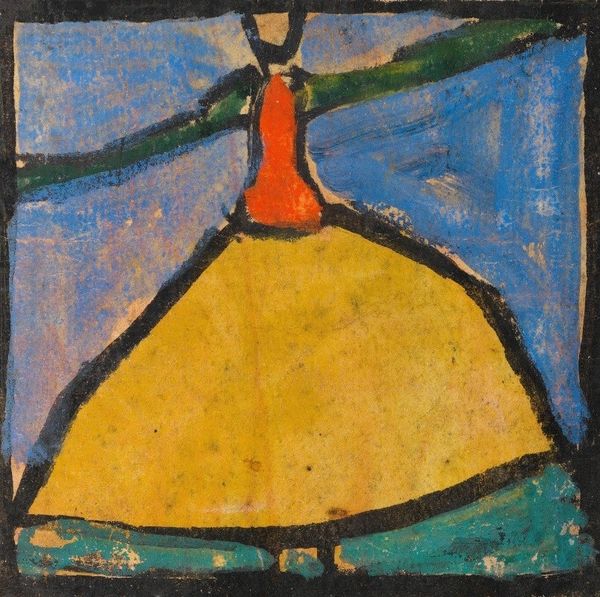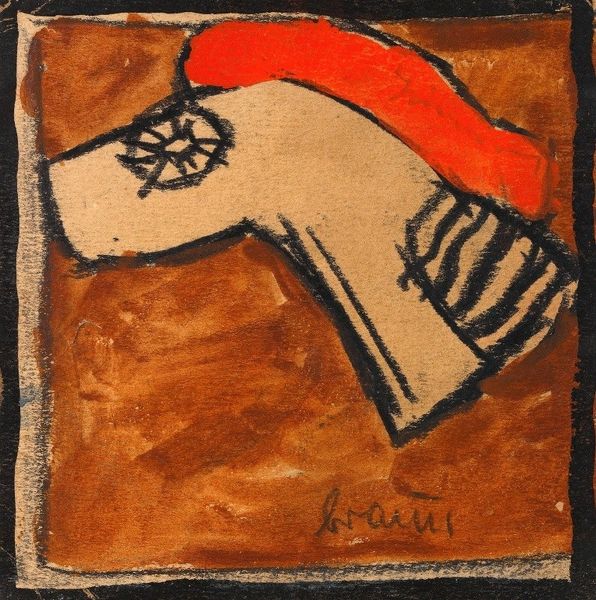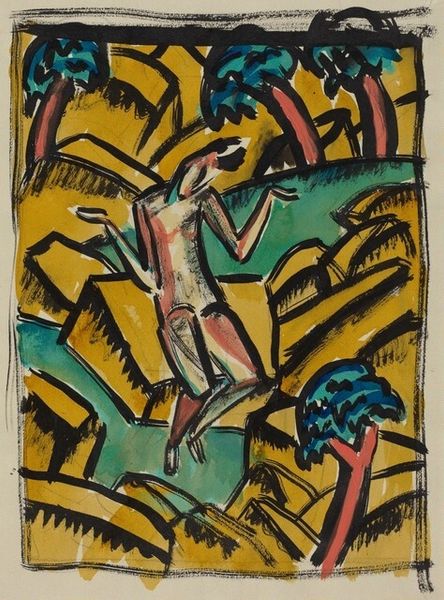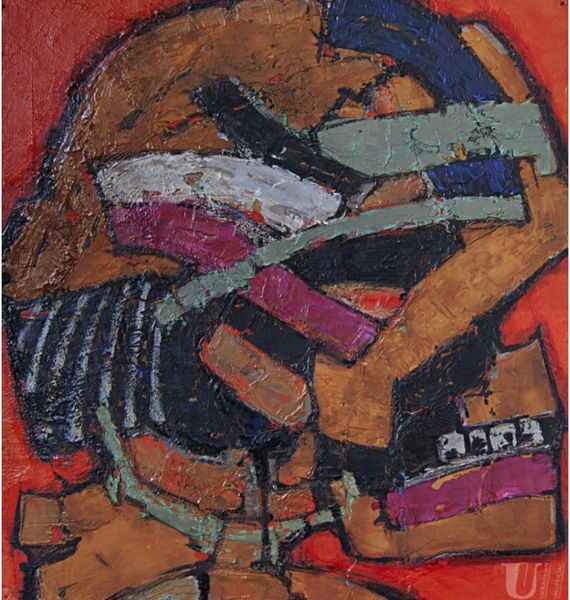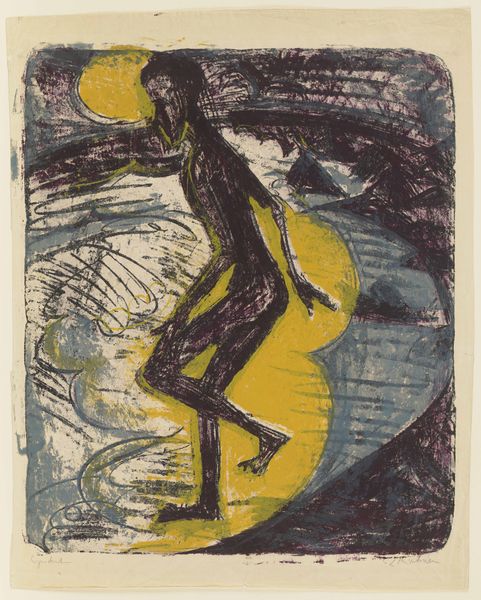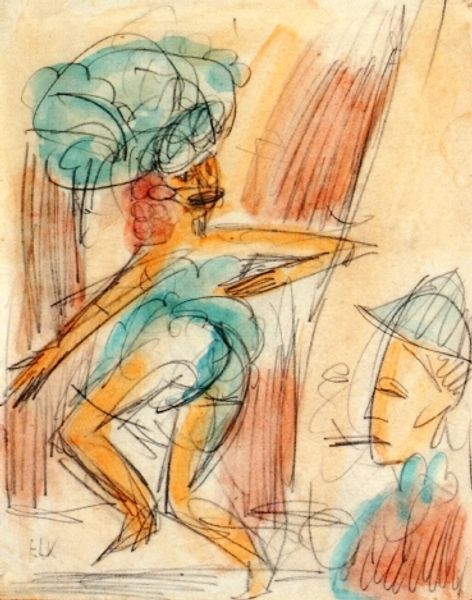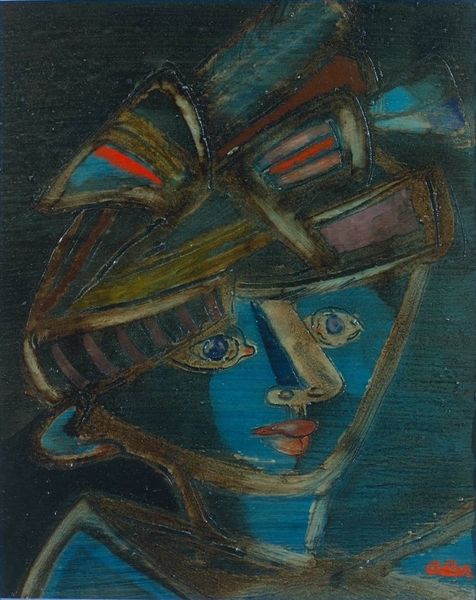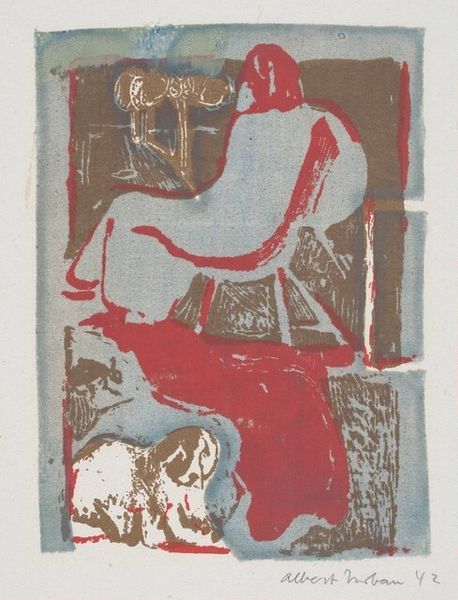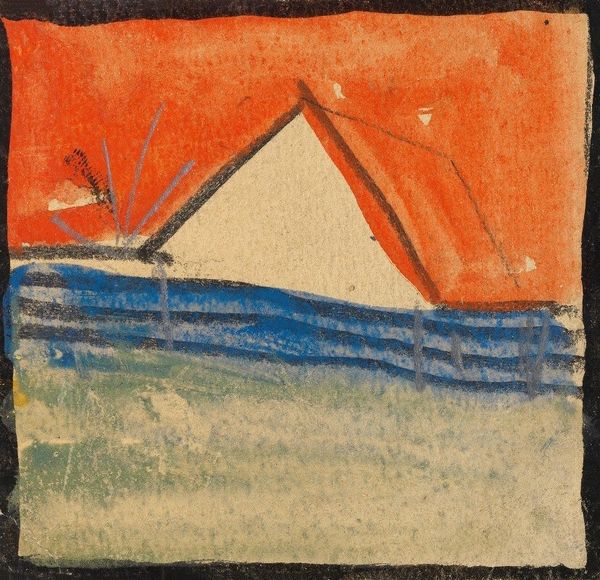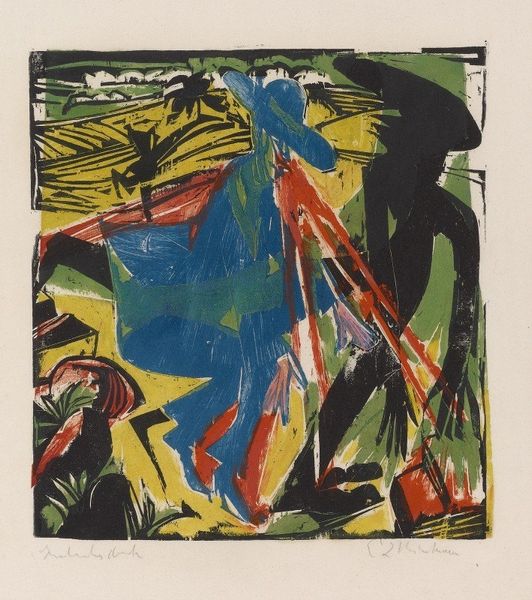
drawing, paper
#
portrait
#
drawing
#
figuration
#
paper
#
expressionism
Copyright: Public Domain: Artvee
Editor: Here we have Egon Schiele's "Dancer with Red and White Skirt" from 1918. It’s a drawing on paper, and I’m immediately drawn to how raw and almost childlike the figure looks. What strikes you when you look at this work? Curator: What’s fascinating is the tension between the supposed refined subject – a dancer – and the visible struggle in Schiele's process. Look at the paper; you see the tooth and texture, the fragility of the material itself. He hasn't obscured any of the materiality. What labor do you see here? Editor: Well, it seems quick, maybe even gestural? Not labored in a traditional sense. But there's a rawness that suggests he’s wrestling with something. Curator: Exactly! It’s not about a polished finish, it is the visibility of the act of creating, of the artist wrestling with form. Schiele's visible mark making challenges that polished illusion, laying bare the material processes of production and consumption. It speaks to a period of upheaval and questioning. How does the subject relate to a broader view of art production in that time? Editor: I guess it suggests a shift away from the ornate, toward something more direct and honest about the materials. Like art being 'de-skilled'. Curator: Precisely! What you are saying challenges the distinction between art and craft. By focusing on the base material, he levels hierarchies. Do you agree? Editor: I do! It's been really eye-opening to think about it not just as a portrait, but as an object made with a clear intent. I won't see Schiele the same way now. Curator: The point is not the beauty of the product alone but the power to question conventional ideas through direct materiality and method.
Comments
No comments
Be the first to comment and join the conversation on the ultimate creative platform.
